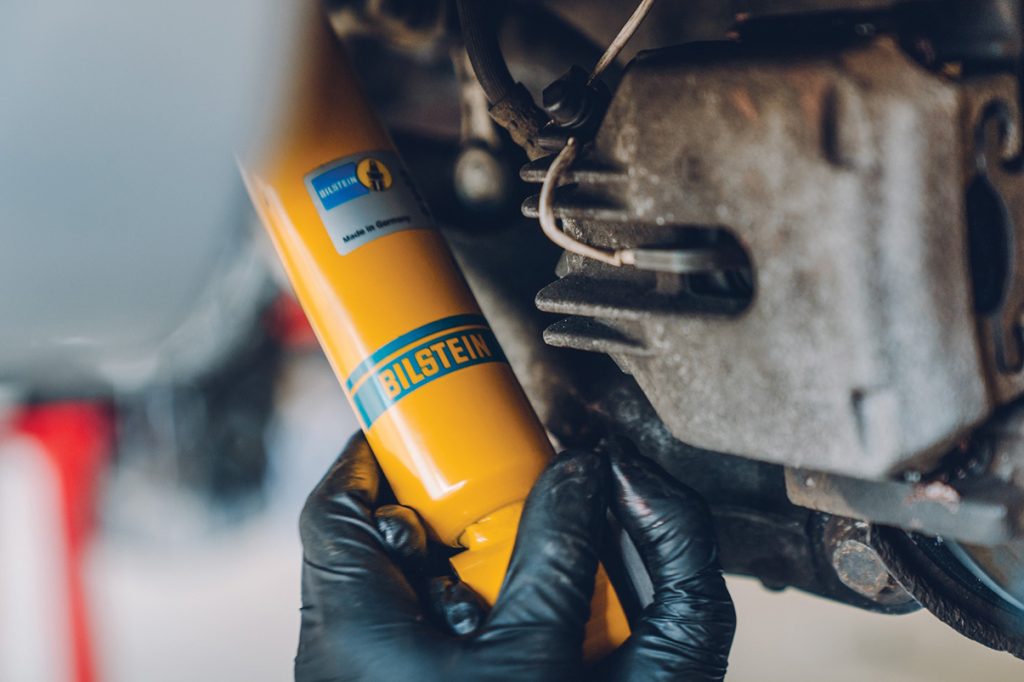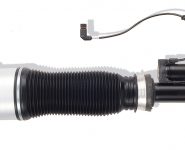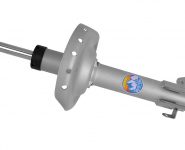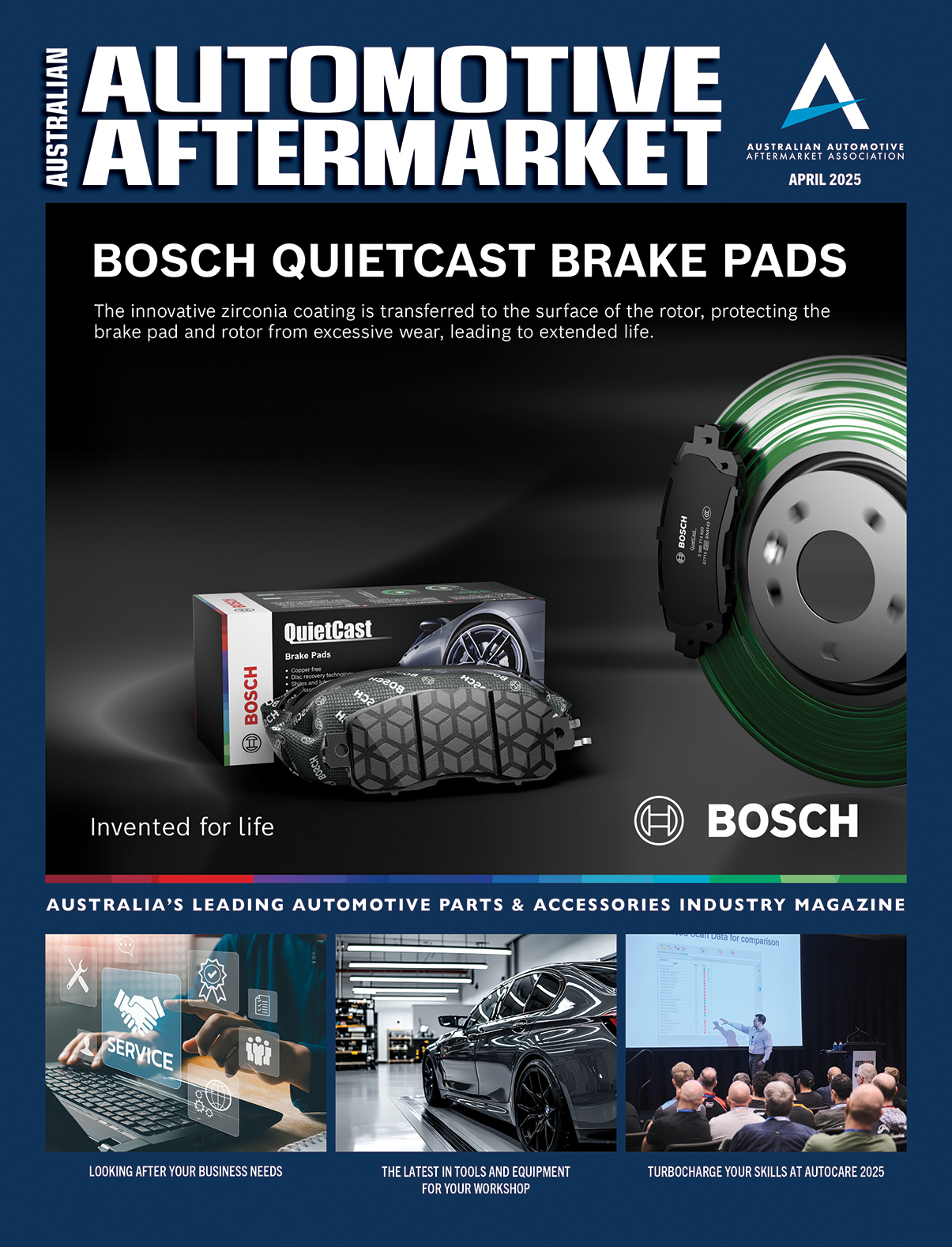VEHICLE-SPECIFIC DEVIATIONS DURING SHOCK ABSORBER INSTALLATION
The Bilstein Academy answers: why is the CR-V higher after replacing shock absorbers?

If workshop employees are already familiar with a product, it is tempting to simply get started without finding out about any special features during installation.
After all, this saves time, and the steps are always the same anyway – aren’t they?
However, this is often not the case if the shock absorbers are the same model, but the vehicle type is different.
If there are any special features that need to be taken into account, Bilstein says it always encloses appropriate installation information.
Mustafa Yavuz from Bilstein Technical Support explains this using the example of the first generation of the Honda CR-V, which was produced from 1996 to 2001.
“In the case described to us by a workshop, the odd situation occurred in which the SUV suddenly stood higher than before after Bilstein B6 shock absorbers had been installed,” Mustafa said.
First of all, Bilstein notes a few details about the product. It states the Bilstein B6 is an improved OE replacement shock absorber which is ideal for SUVs in particular, as it compensates for the disadvantage of the high centre of gravity in terms of handling by providing more damping force. Additional lowering is not necessary.
However, it says the vehicle should by no means stand higher after installation. So, what went wrong with the damper installation in the example case? After all, longer springs are normally required to lift the body, and these were definitely not used.
Bilstein says the answer to this problem is interesting and instructive: as a special feature of the first-generation CR-V, a special tube is included in the scope of delivery of the vehicle-specific Bilstein B6.
This does not remain permanently on the Honda, but merely serves as a mounting aid to fasten the brake hose holder.
In this case, the mounting tube was mistakenly attached permanently above the snap ring. However, this is actually intended to accommodate the spring plate.
As a result of the incorrect installation described above, the spring plate of the shock absorber is now in a raised position. This results in significantly increased ground clearance on the front axle.
Bilstein says workshops that have experienced similar oddities themselves or need help with suspension installation or component selection can contact Bilstein’s Technical Support by e-mail on technik@bilstein.de for assistance
For more information, visit www.workshop.bilstein.com
Photos: Copyright Bilstein 2022








